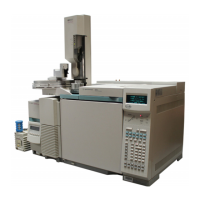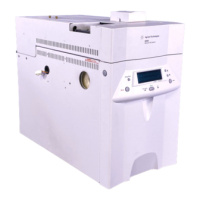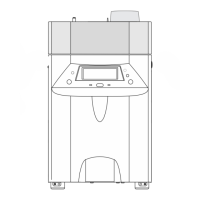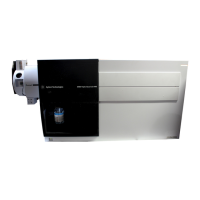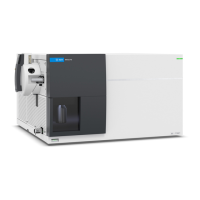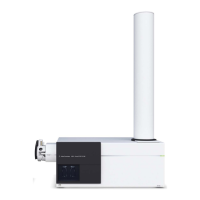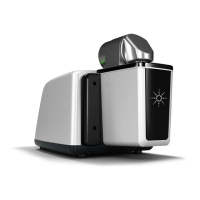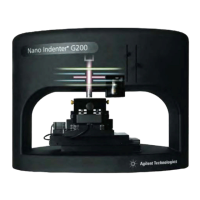121
Part 1. Capillary columns Columns and Traps
Ferrules for capillary columns
Ferrules for capillary columns
Table 12 lists some of the ferrules used with capillary columns and inlet and
detector liners/adapters. See the Agilent catalog for consumables and supplies
for a more complete listing.
Graphite and graphitized-Vespel ferrules
Place some ferrules in a petri dish in the GC oven at 250 to 300°C for 30 minutes
to remove compounds absorbed by the graphite. Leave a dish of assorted
ferrules in the oven to ensure a clean supply.
The ferrule should slide onto the column but not fall off from its own weight. If
it fits properly, 1/4 turn from finger tight will make a good seal. If it is loose, the
column nut must compress the ferrule around the column. This is not a problem
with soft graphite ferrules, but hard ferrules may require so much force that the
inlet fitting may, the nut, or the ferrule may be damaged. With hard ferrules, it
is best to start with an undersize hole and drill it to fit the column.
Vespel ferrules
These ferrules can be more leak-tight than graphite but have a lower temperature
limit. Retighten after a few oven temperature cycles.
Table 12 Hardware Used with Capillary Columns
Item* Typical use Part no.
1/4-inch graphitized Vespel ferrule, pkg of 10 Inlet/detector liner/adapters 5080-8774
1.0-mm graphite ferrule, pkg of 10 Capillary columns 5080-8773
0.5-mm graphite ferrule, pkg of 10 Capillary columns 5080-8853
Column nut Connect column to inlet or detector 5181-8831
Column cutter Cutting capillary columns 5181-8836
* Ferrule and O-ring ids
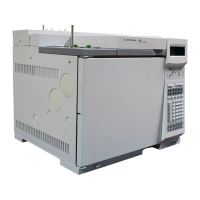
